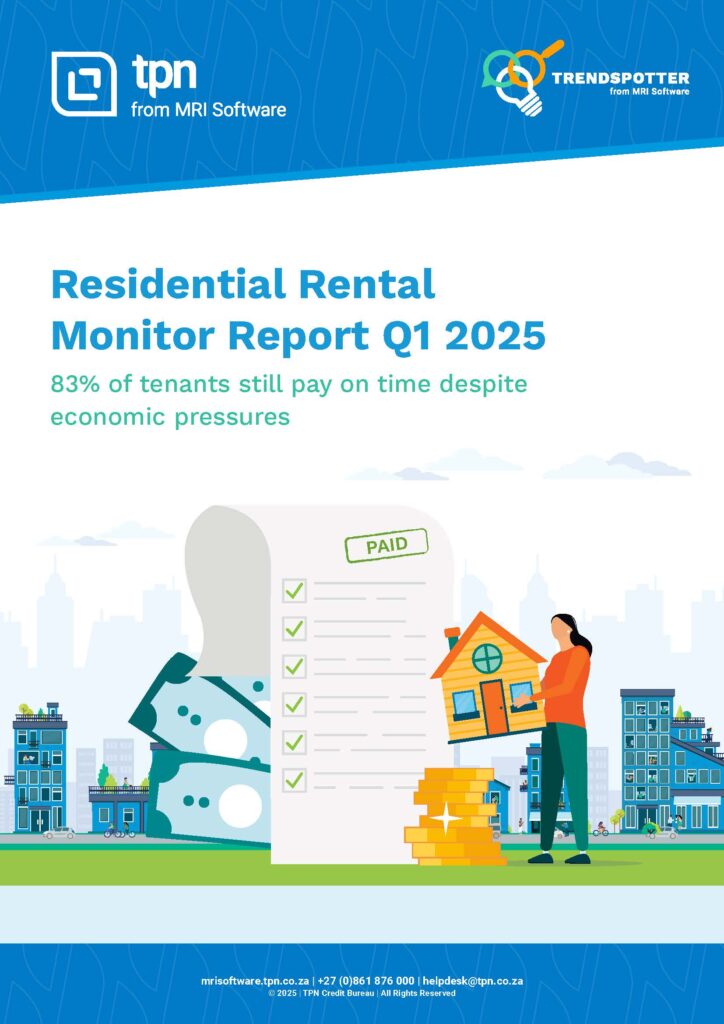Avoid costly disputes and unfair dismissal claims
In today’s challenging economic climate, retrenchments have become a common occurrence. However, as an employer, it is crucial to navigate this process carefully to avoid costly legal disputes and unfair dismissal claims.
A recent case, Bhyat v Bollore Transport and Logistics (Pty) Limited, serves as a cautionary tale, highlighting the importance of adhering to the Labour Relations Act and ensuring a fair retrenchment process.
Key mistakes to avoid as an employer
The employer in the Bhyat case made several critical errors that led to a finding of procedural and substantive unfairness in the retrenchment process:
- Failure to respond in writing: The employer failed to respond in writing to the employee’s representations during the consultation process, as required by section 189(6) of the Labour Relations Act. This lack of transparency and communication can lead to misunderstandings and disputes.
- Dismissive consultation: The employer rejected the employee’s proposals regarding fair selection criteria in a brief and dismissive manner, rendering the consultation process substantively unfair. This approach can be seen as a lack of genuine engagement and consideration of the employee’s concerns.
- No expert advice: The employer conducted the retrenchment process without seeking advice from a labour law specialist, while the employee received legal advice. This imbalance in knowledge and expertise can lead to unfair dismissal claims unfolding that lead to drawn out disputes.
Read the full HR-Pack article here
Protect your interests as an employer
To ensure a fair and legally compliant retrenchment process, it is essential to rely on specialist documentation and guidelines. The TPN HR-Pack provides employers with retrenchment documents and guidelines drafted by experts in the field.
This comprehensive resource assists in conducting a retrenchment consultation process that adheres to labour law requirements, minimising the risk of costly disputes and unfair dismissal claims. To learn more about the HR-Pack, click here.
Residential Rental Monitor Report Q1 2025
Residential tenants defy the odds as good standing rises to 83% Tenants across South Africa continue to show remarkable financial resilience despite mounting economic pressure. By the end of Q1 2025, 83.32% of tenants were in good standing, a modest …

